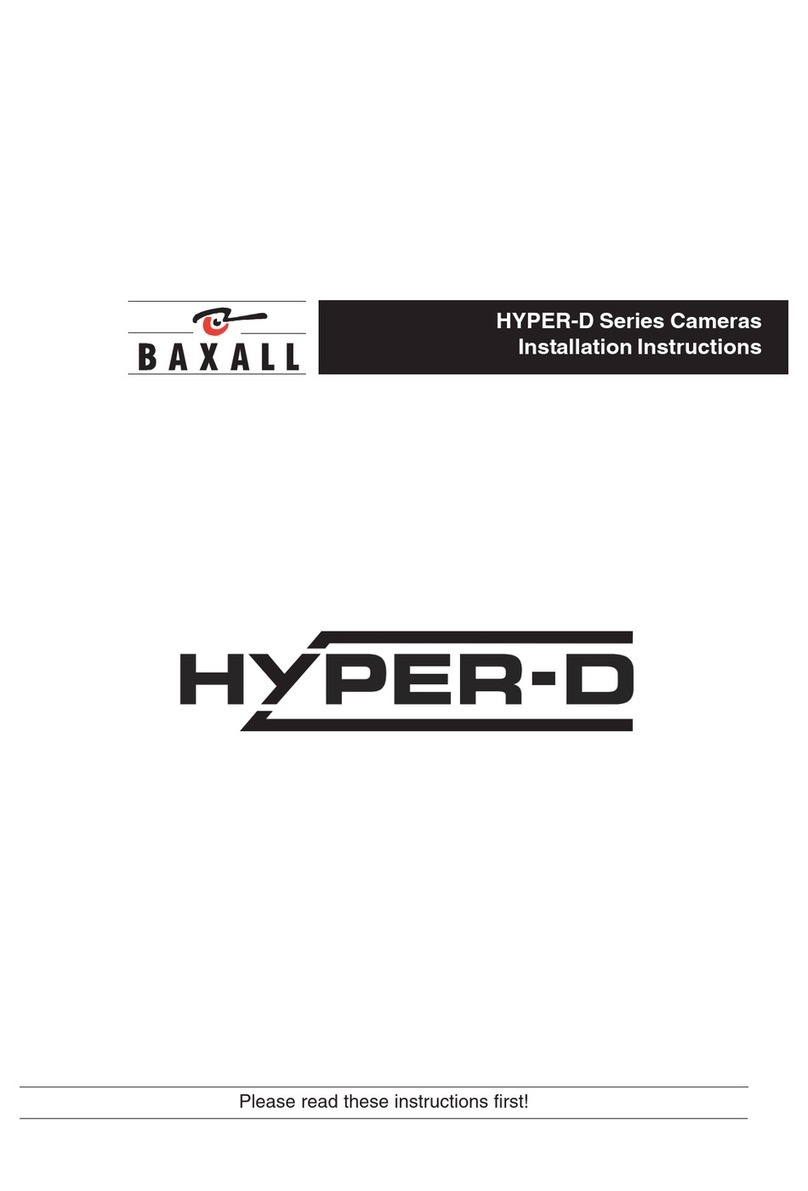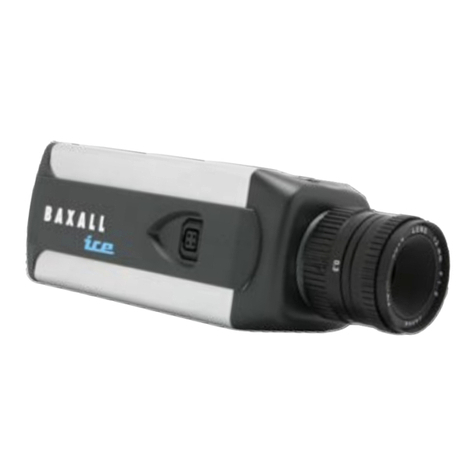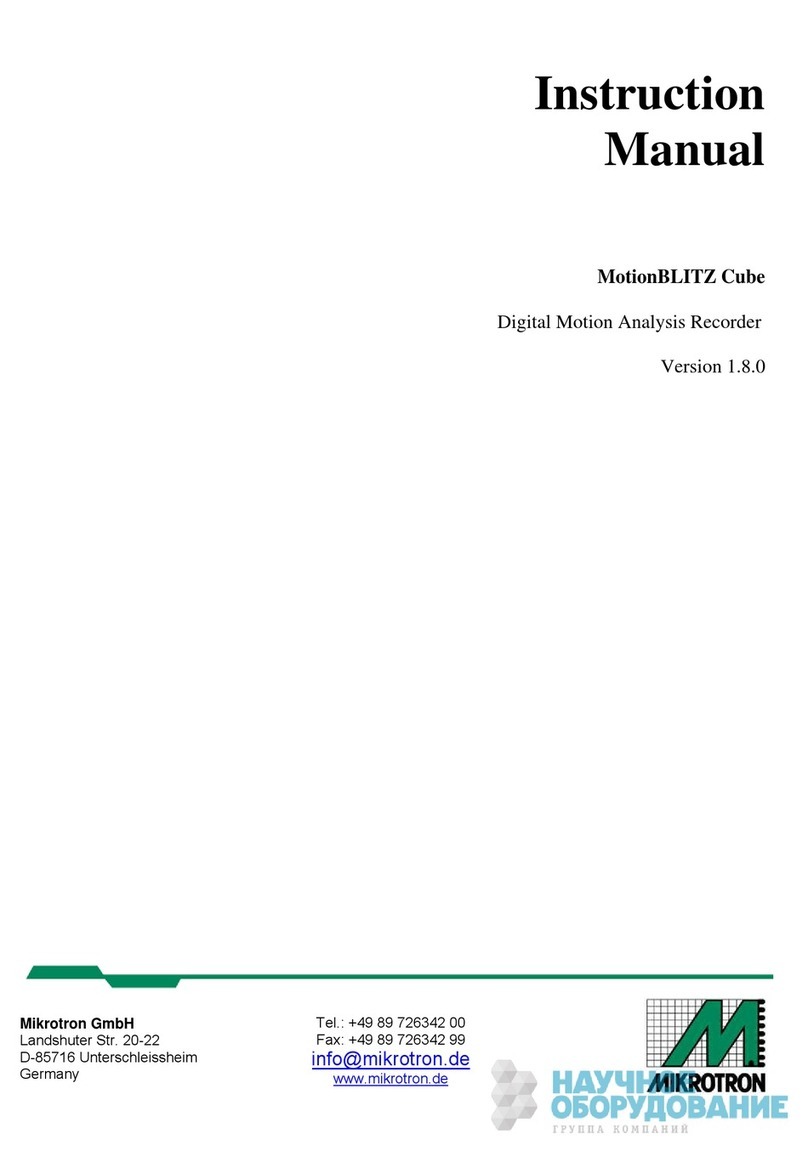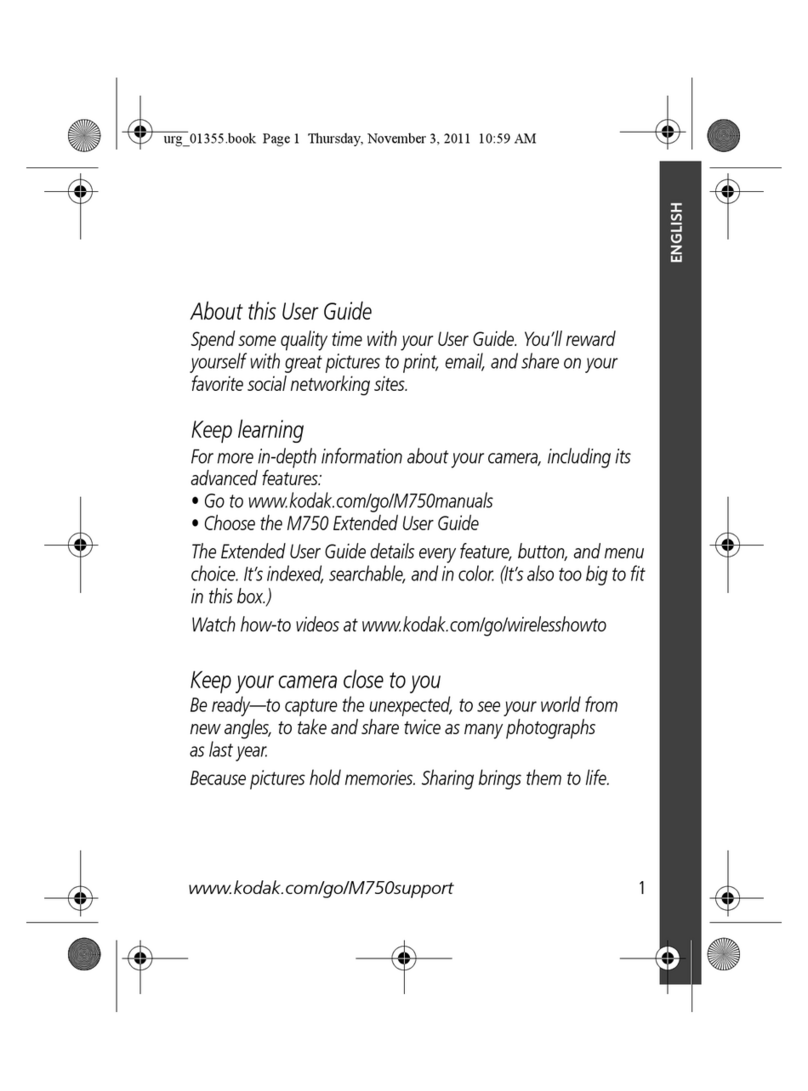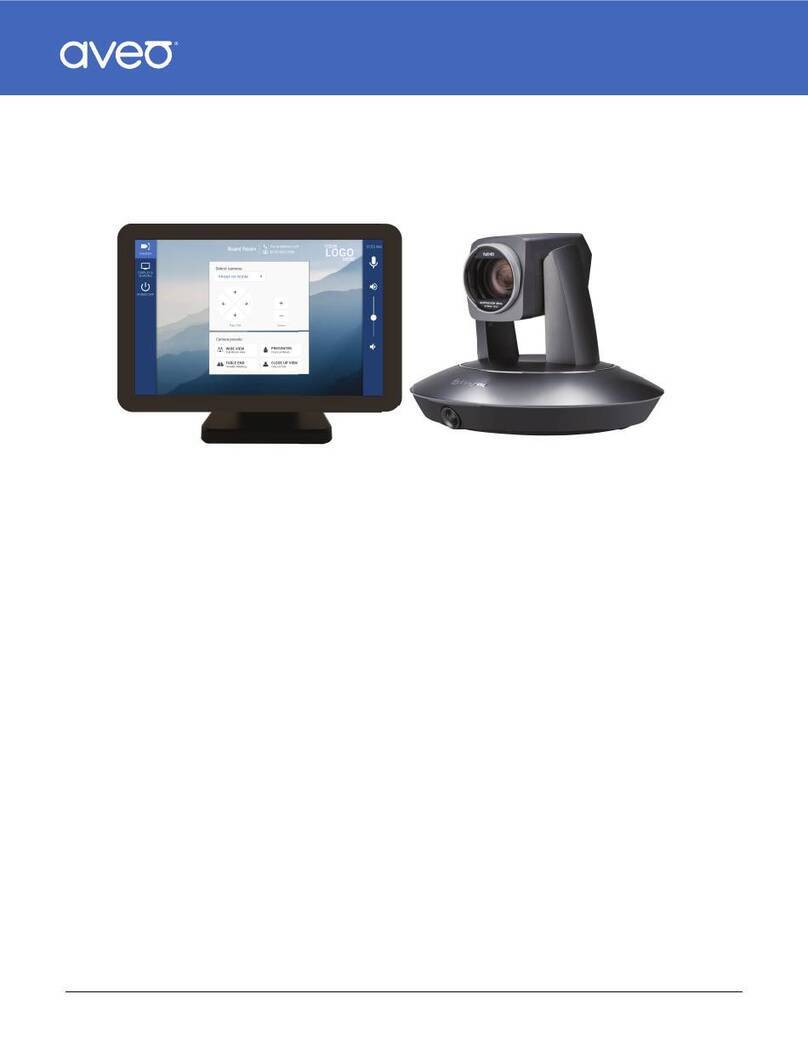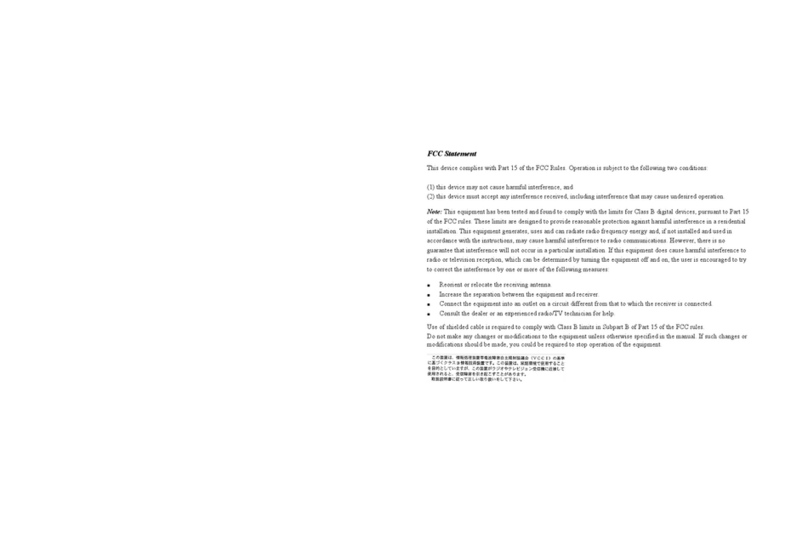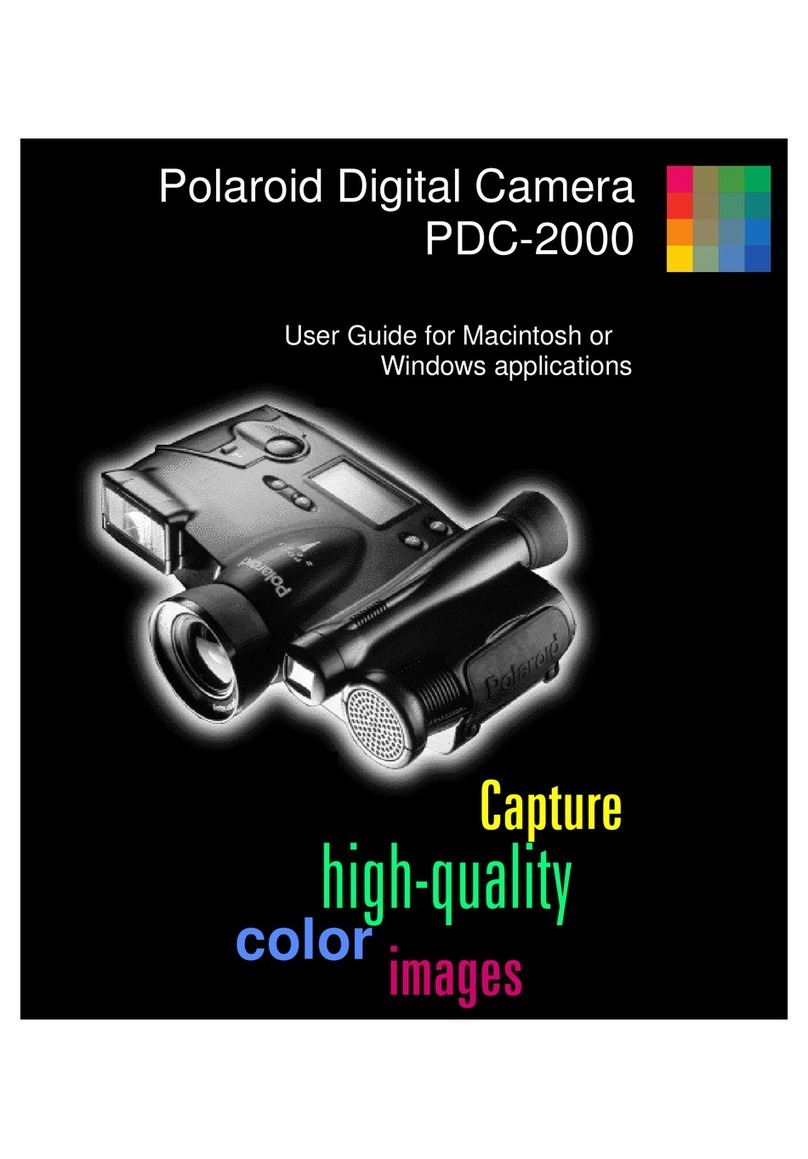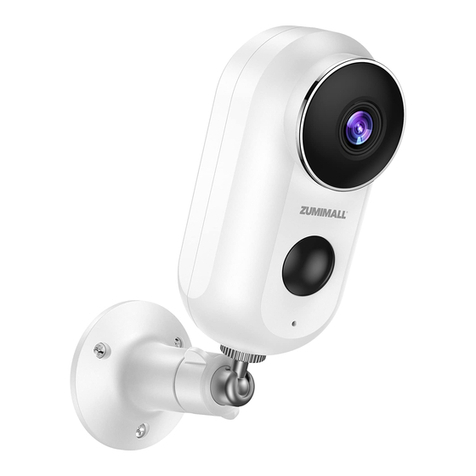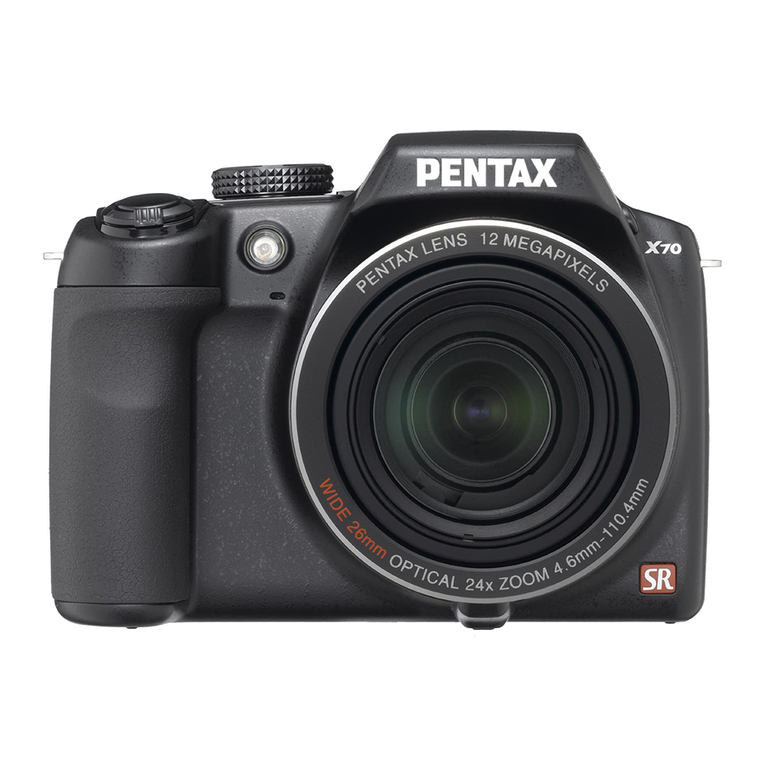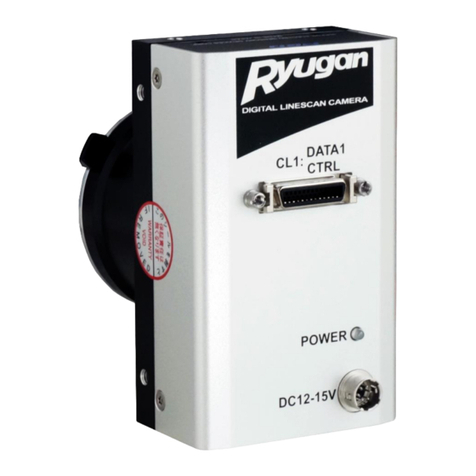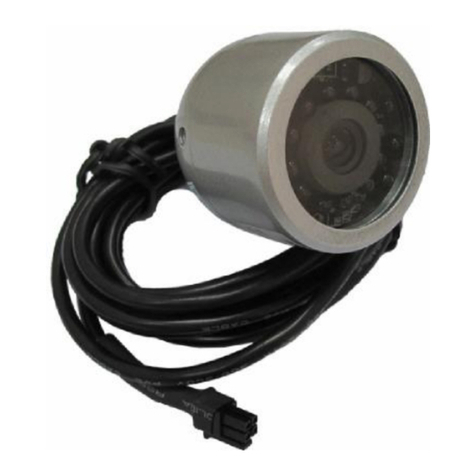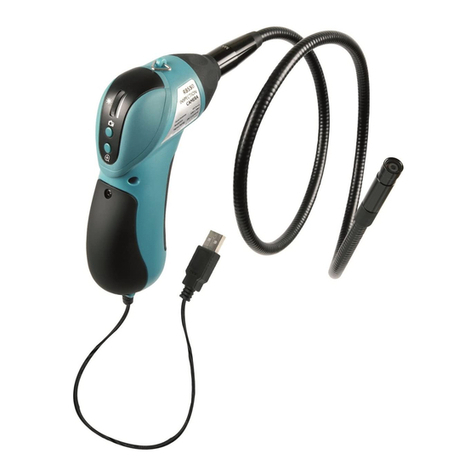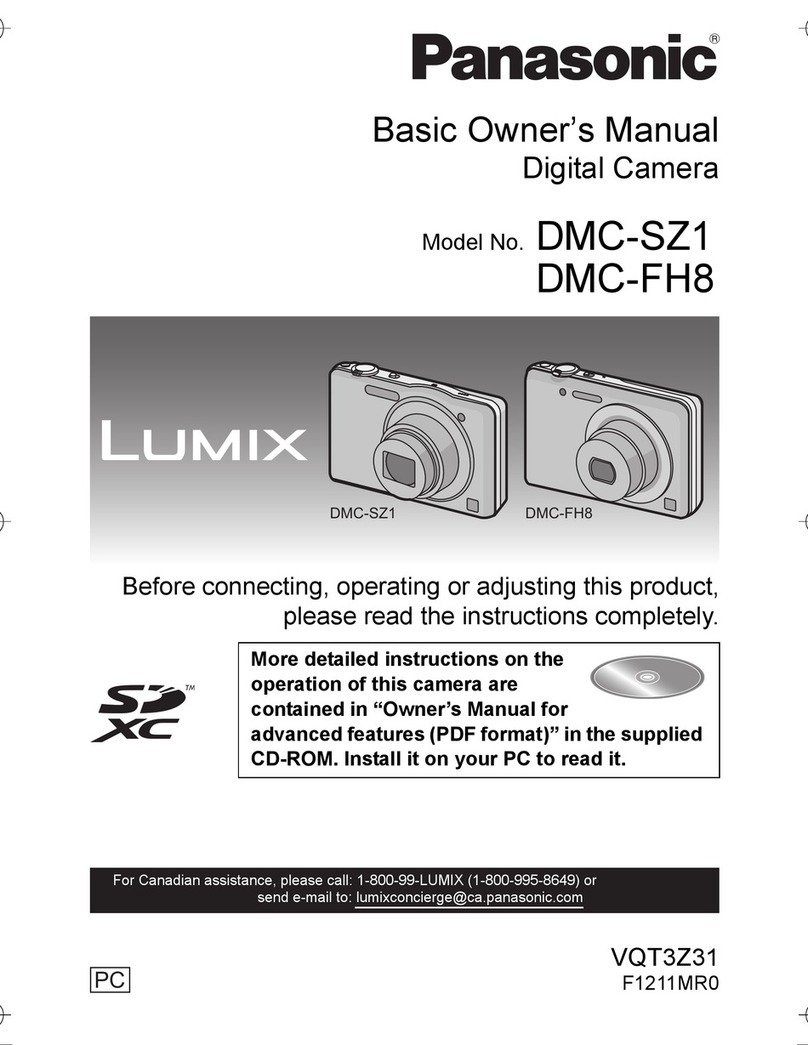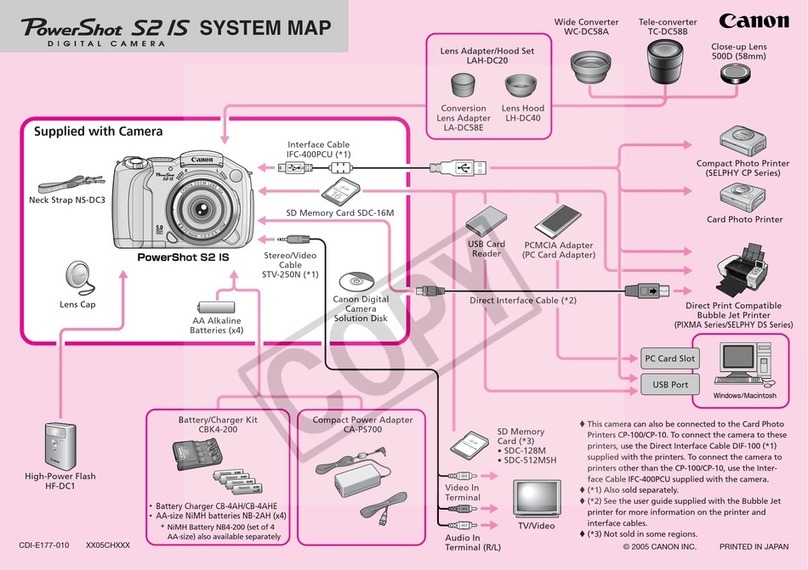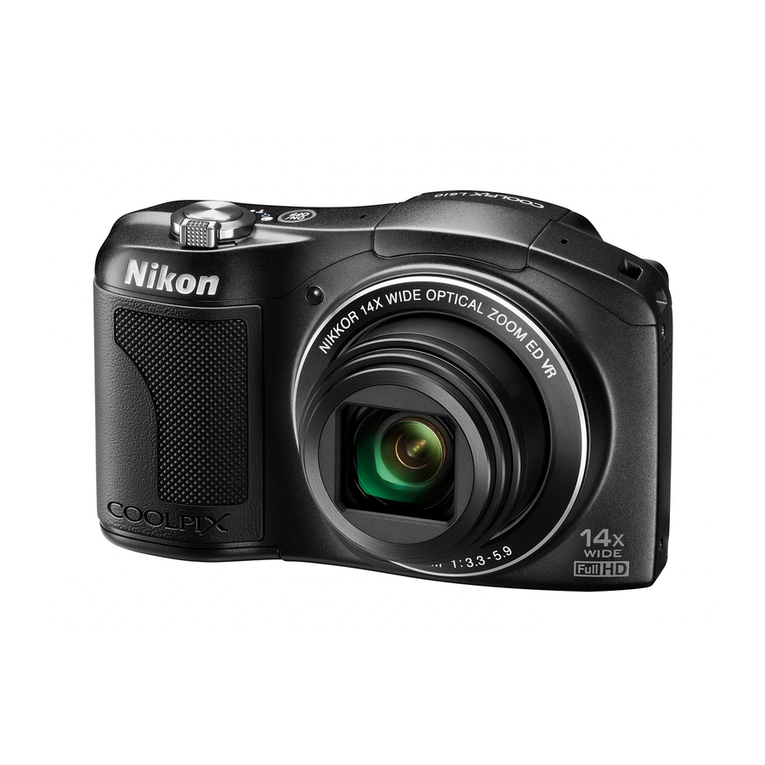Baxall IP Series User manual

IP Series Cameras
Installation Manual
Please read this manual before installing your equipment

IP Series Cameras Installation Manual
2
TO PREVENT IRE OR SHOCK HAZARD, DO NOT EXPOSE THIS
APPLIANCE TO RAIN OR MOISTURE
IMPORTANT
The first few pages of these instructions contain important information on safety and product
conformity. Please read, and ensure that you understand this information before continuing.

Installation Manual IP Series Cameras
3
CONTENTS
Introduction ............................................................................................................ 4
Product Safety ........................................................................................................ 5
Electromagnetic Compatibility (EMC) .................................................................. 5
EU Conformance Statement ................................................................................. 6
Regulatory Notices ................................................................................................ 6
Unpacking ............................................................................................................... 6
Cautions .................................................................................................................. 7
Connectors and Controls ......................................................................................... 7
Power Supply Connection ....................................................................................... 7
Video Connections ................................................................................................... 8
Lens Selection ......................................................................................................... 8
Lens Connection ...................................................................................................... 9
Focus djustment .................................................................................................. 10
udio Connections ................................................................................................. 10
larm Connections ................................................................................................. 11
Serial Connections ................................................................................................. 12
Network Connection ............................................................................................... 12
Switch Settings ...................................................................................................... 13
Programming and ddressing ............................................................................... 13
Specifications ......................................................................................................... 14

IP Series Cameras Installation Manual
4
INTRODUCTION
These instructions cover Baxall IP series cameras. Read all of these instructions. Use
them to install the camera and have them available for its lifetime. If you have any problems,
contact Baxall Limited. All IP series cameras are fitted ith a Direct Drive (DD) lens connector,
have adjustable back focus and accept C and CS lenses.
There are a number of variants in the IP series camera range, ith 1/2 and 1/3 CCD
monochrome output (CCIR or EIA format) and colour output (PAL or NTSC) models available.
There is also a choice bet een models configured to use H261 compression and models
that use MJPEG compression. All the variants require an external 12V DC po er supply.
The IP series cameras are designed to encode compressed video and transmit the data
over either a 10 or 100 Base-T net ork at variable bit rates of bet een 8Kbps and 1.5Mbps.
Using an IP decoder, this data can be converted to an analogue video signal and displayed
on a standard CCTV monitor (H261 compression only). Alternatively, IP series cameras
can be displayed on a PC using the IP PC Vie er.
A serial data channel can be set up to support RS232, RS422 or RS485 operation, allo ing
integration ith third party equipment. In addition, provision is made for t o alarm inputs,
one alarm output, and a bi-directional audio channel (G711 or G728).
Video (H261 or MJPEG) and audio (G711 or G728) options are pre-programmed at
production. Ho ever, different soft are can be do nloaded into the camera using the
Video Administrator tool, as described in the IP PC Vie ing and Configuration Soft are
Manual. These do nloads are available by contacting Baxall Technical Support.
Option
Mono
Color
Maximum Resolution (TVL)
Sensitivity (lux @ f1.2)
CCD Sensor size
Sony HyperHAD™ CCD
Sony ExviewHAD™ CCD
580 580 480
0.1 0.90.04
1/3“ 1/3“1/2“
IPC-9252
I
P
C
-
9
3
1
3
I
P
C
-
9
3
1
3
N
PAL
480
0.9
1/3“
NTSC
580
0.1
1/3“
IPC-9252E
CCIR
EIA
580
0.04
1/2“
Adjustable Gamma
Automatic Gain Control On/Off
Backlight Compensation On/Off
Direct Drive Auto-Iris connection
Extended IR performance
Electronic Iris On/Off
Video Drive Auto-Iris connection
480
0.4
IPC-9714
IPC-9714N
480
0.4
1/2“ 1/2“
580 580 480480
0.1 0.04 0.9 0.4
1/3“ 1/3“ 1/2“1/2“
H261 Compression
MJPEG Compression
I
P
C
-
9
2
5
2
/
M
I
P
C
-
9
3
1
3
/
M
I
P
C
-
9
7
1
4
/
M
580
0.04
1/2“
I
P
C
-
9
7
1
4
N
/
M
0.4
1/2
“

Installation Manual IP Series Cameras
5
PRODUCT SAFETY
Installation and servicing is only to be carried out by suitably qualified and
experienced personnel to local or national wiring standards. ailure to do so
can result in death or injury by electric shock.
A means of disconnecting the equipment from the mains supply must be provided
as part of the installation and must be situated close by.
Before undertaking any installation or maintenance, the mains supply must be
disconnected.
Good engineering practice must be carried out at all times and all servicing and
repairs carried out indoors.
All IP series cameras are to be powered with a class 2 power supply.
Do not exceed the voltage and temperature limits given in the specifications.
The IP series camera is fitted with a 1 A (T) 125V time-lag fuse located on the
rear board assembly. Replacement must be with an identical type of fuse.
The IP series range is designed for use in general purpose CCTV applications
and has no other purpose.
Only use your IP series camera in a clean, dry, dust-free environment unless a
suitable protective housing is provided.
Electrical Safety
British Standard BSEN60950:2000 Safety of information technology equipment, including
electrical business equipment.
ELECTROMAGNETIC COMPATIBILITY (EMC)
This is a Class A product. In a domestic environment this product may cause radio
interference in which case the user may be required to take adequate measures.
Radio requency Emissions
Federal Communications Commission Code of federal regulations Part 15.
British standard BSEN50081-1:1992 Electromagnetic compatibility - Generic emission
standard.
Part 1. Residential, commercial and light industry British standard BSEN55022:1998 Limits
and methods of measurement of radio disturbance characteristics of information technology
equipment.
Immunity
British Standard BSEN 50130-4:1996 Alarm Systems Part 4 Electromagnetic compatibility.
Product family standard: Immunity requirements for components of fire, intruder and social
alarm systems.

IP Series Cameras Installation Manual
6
EU CONFORMANCE STATEMENT
A Declaration of Conformity in accordance ith the follo ing EU standards has been
made and is on file at Baxall Limited, Stockport SK6 2SU England.
The manufacturer declares, that the product supplied ith this document is complaint ith
the provisions of the EMC Directive 89/336 EEC, the CE Marking Directive 93/68 EEC and
all associated amendments.
REGULATORY NOTICES
This device complies ith part 15 of the FCC rules. Operation is subject to the follo ing
t o conditions:
(1) this device may not cause harmful interference, and
(2) this device must accept any interference that may cause undesired operation.
UNPACKING
Keep your packaging for use if the product is to be stored for an extended period or needs
to be returned for any reason. The packaging should contain:
An IP Series Camera
Panasonic Plug for Direct Drive (DC) Auto-Iris Lenses
Camera Mounting Scre s
A 15-Way D-Type Connector
Licence Agreement
These Instructions
Check the product code on the serial number label. If you have an incorrect item or it is
damaged then inform the suppliers and carriers immediately. If this is the case then do not
attempt to use the equipment.
Please read the licence agreement, as by using this product you agree to all of the terms
and conditions contained ithin it.

Installation Manual IP Series Cameras
7
CAUTIONS
In order to avoid damaging the camera note the following points.
1) The camera has threaded mounting points on the top and bottom of the case.
Only use a standard, photographic, mounting-bolt with a 1/4-20 UNC thread.
2) Before fitting the lens make sure that its back will not touch the CCD sensor or
associated components when screwed fully home.
3) Do not touch the image-surface of the sensor. If the sensor is accidentally
touched, only clean it using ethyl alcohol.
4) Do not expose the sensor to direct sunlight as this may impair the performance
of the camera.
5) Only use the camera in a clean, dust-free environment.
6) or outdoor use, an appropriate protective housing conforming to IP65 or UL50
or better must be used.
CONNECTORS AND CONTROLS
(7)
(8)
(
3)
(
2)
(
5)
(
4)
(6)
(9)
(
1)
(10)
Side View
(11)
POWER SUPPLY CONNECTION
IP series cameras operate via an external po er supply at 12V DC ONLY. This power
supply must be a Class 2 isolated type and be capable of delivering a current of 1
Amp in normal operation.
The po er connector is located on the rear panel of the camera, ith the polarity clearly
marked. A green LED is also present on the rear panel, and this lights hen the po er
supply is connected and s itched on.
1. Power LED
2. Joystick (no function)
3. RJ45 Ethernet Connector
4. Ca era Settings Dip Switches
5. Co posite Video Output BNC
6. Video Drive Auto-Iris Lens Connector
7. Serial, Alar s and Audio 15-pin D-type Connector
8. Video Server Inputs
9. Low-Voltage Power Supply Ter inals (12V DC)
10. Direct-Drive (DC) Auto-Iris Lens Connector
11. Back-Focus Adjust ent Screw

IP Series Cameras Installation Manual
8
VIDEO CONNECTIONS
The colour variants in the IP camera range are available ith sensors suitable for either
NTSC or PAL format output, and the monochrome variants are available ith sensors
suitable for either CCIR or EIA format output. IP series cameras can automatically detect
hich type of sensor has been fitted and they ill then select the corresponding output
type. To change from PAL to NTSC or from CCIR to EIA, a ne sensor board must be fitted
in the factory.
Analogue Inputs
IP series cameras are provided ith three auxiliary inputs enabling external analogue video
inputs to be connected. The inputs are terminated by 75W. Care must be taken to ensure
that the inputs are not double-terminated hen the equipment is looped in ith other
equipment.
The inputs may be a mixture of monochrome or colour.
Analogue Output
A BNC socket is provided on the rear panel for output of a standard composite video signal.
This enables focus and other camera parameters to be set up locally, ithout connecting to
the net ork. Alternatively, this output can be used as a conventional composite video output
for use ith existing analogue systems.
LENS SELECTION
Suitable lens types are C or CS mount in fixed-iris, manual-iris, auto-iris or direct-drive
versions. Sizes are sho n belo . Cameras are factory set for CS mount lenses.
Lens size
1/3"
1/2"
2/3"
1"
I
P
C
-
9
2
5
2
I
P
C
-
9
2
5
2
E
I
P
C
-
9
7
1
4
N
I
P
C
-
9
7
1
4
I
P
C
-
9
3
1
3
N
I
P
C
-
9
3
1
3
I
P
C
-
9
2
5
2
/
M
I
P
C
-
9
3
1
3
/
M
I
P
C
-
9
7
1
4
/
M
I
P
C
-
9
7
1
4
N
/
M

Installation Manual IP Series Cameras
9
LENS CONNECTION
Fixed and Manual Iris Lenses (for indoor use only) require no iring connections.
Video Drive Auto-Iris Lenses
Connections for video drive auto-iris lenses are located on the rear of the camera. Connect
lenses to the 3 terminal connector block according to the table belo .
Once the lens has been connected, s itch the EI and AGC functions off using the dip
s itches located on the rear panel of the camera. Referring to the lens instructions, adjust
the lens for optimum picture (video output level of 1V pk-pk), and s itch AGC back on.
See page 13 for more details on using the dip s itches on the rear of the camera.
Direct Drive Auto-Iris Lenses
Connect DD lenses to the female 4-pin socket on the side of the camera. If the lens does
not have a DD plug fitted then ire the lens to a suitable plug in accordance ith the
diagram belo .
1 = Damp
-
2 = Damp
+
3 = Drive
+
4 = Drive
-
1
3
2
4
Once the lens is connected, s itch the EI and AGC functions off using the dip s itches
located on the rear panel of the camera. Using an appropriate scre driver, turn the lens
level potentiometer fully clock ise. Next slo ly adjust the lens level potentiometer for
optimum picture (video output level of 1V pk-pk), and s itch AGC back on.
See page 13 for more details on using the dip s itches on the rear of the camera.
Under no circumstances must the power consumption of the rear Video Drive
connector exceed 50 mA or the Direct Drive connector exceed 25 mA.
Connector Description
Red Lens positive supply
Black Lens ground
White Video drive signal

IP Series Cameras Installation Manual
10
FOCUS ADJUSTMENT
Turn the back focus adjuster scre on the top of the camera clock ise or anticlock ise to
obtain focus. When the focus is sharp, turn the adjustment scre 2 or 3 turns anticlock ise.
The picture ill lose sharpness. Turn the scre clock ise until focus is once again obtained.
If the point of best focus is passed, repeat the procedure. The last turn of the back focus
adjustment screw must always be in a clockwise direction. Do not over turn or force
the back focus mechanism.
ixed Lenses
Set the lens focus to infinity and vie an image greater than 2 metres a ay. Focus the
image using the back-focus scre . Set the lens focus as required.
Manual Iris Lenses
Open the iris fully and set the lens focus to infinity. Vie an image greater than 2 metres
a ay. Focus the image using the back-focus scre . Set the lens focus and iris as required.
Video Drive and Direct Drive Auto-Iris Lenses
Fully open the iris by covering the lens ith a suitable neutral density (ND) filter. Set the
lens focus to infinity. Vie an image greater than 2 metres a ay. Focus the image using the
back-focus scre . Remove the ND filter and set the lens focus as required.
Zoom Lenses
Set the lens focus to infinity and fully open the iris by covering the lens ith a suitable
neutral density (ND) filter. Zoom out to the idest field of vision and vie a distant object.
Adjust the back focus scre until the object is in focus. Next, zoom fully in and adjust the
focus of the lens until the object is again focused. Repeat these steps until the full zoom
range may be vie ed ith the minimum loss of focus.
AUDIO CONNECTIONS
IP series cameras include a mono-channel audio input and output.
The circuitry enables connection of audio equipment to the input channel. This input channel
is pre-programmed to G711 or G728 compression and has a band idth of 0.3 3.6 kHz.
The output channel gives a 1V pk-pk output for connection to other audio equipment or the
direct drive of a small loudspeaker.
The audio line in and out connections should be made to the 15- ay D-type connector on
the rear of the camera. Pins 5, 10 and 15 should be connected as follo s:
Note
The audio line in and out signals are at line level. Connections to PA systems or microphones
may need additional equipment. Please contact your distributor for technical assistance.
Audio Connection
5. Audio In
10. Co on
15. Audio Out
54321
10 9876
15 14 13 12 11

Installation Manual IP Series Cameras
11
ALARM CONNECTIONS
The IP series cameras provides t o alarm inputs via internal opto-isolators, and these
inputs can be used to interface to a variety of equipment. The internal resistors are set for
operation ith 5V 12V inputs, but inputs operating at 24V or other voltages can be achieved
by adding external padding resistors.
An alarm output is also provided via an internal open collector transistor rated at 24V
250mA. It is suitable for use ith driving lamps, alarms and other external equipment.
Alarm inputs and output connections are made to the 15- ay D-type connector on the rear
of the camera. Pins 3, 4, 9 and 14 should be connected as follo s:
52
1
10 876
15 13 12 11
+
PSU
ALARM OUTPU
T
(LED, RELAY
LAMPS ETC)
ALARM INPUTS
9
43
Connector viewed
from rear of camera
14
Note
In applications here it is required to operate higher-po ered equipment, a separate external
interposing relay should be used.

IP Series Cameras Installation Manual
12
PIN RS232 RS422 RS485
1 RTS Tx+ Tx+
2Rx Rx- Rx-
6 Tx Tx- Tx-
7 CTS Rx+ Rx+
8 Ground Not Used Not Used
SERIAL CONNECTIONS
IP series cameras can be configured for connection to RS232, RS422 or RS485 net orks.
These serial connections are made to the 15- ay D-type connector on the rear of the
camera. Pins 1, 2, 6, 7 and 8 should be connected as follo s:
For RS485 connections, the installer must also link pin 1 to pin 7, and pin 2 to pin 6 on
the back of the connector itself.
Biasing and Termination
It may then be necessary to apply biasing and termination to these net orks. This can be
implemented in one of t o ays:
Through the use of internal dip s itches.
By adding resistors to the serial connector externally if it is not possible or desirable to
remove the camera lid.
To access the internal resistors the camera lid must be removed. The resistors are located
at the bottom edge of the IP interface card (P1102 the longer of the t o side cards).
The internal s itch settings are sho n belo :
White indicates switch position
ON
RS485 Terminatio
n
and Biasing ON
ON
RS422 Termination
and Biasing ON
ON
R
S232 Termination
and Biasing OFF
NETWORK CONNECTION
A shielded RJ45 Ethernet connector is provided on the rear of the camera for direct interface
to the net ork. The connector is suitable for use on both 10 and 100 Base-T net orks.
Internal line terminations for a screened Cat 5 cable are also provided.

Installation Manual IP Series Cameras
13
SWITCH SETTINGS
There are four function s itches on the rear panel of the IP series cameras that control the
Backlight Compensation (BLC), Electronic Iris (EI), gamma correction and Automatic Gain
Control (AGC) functions.
Backlight Compensation (BLC)
Backlight compensation operates by enhancing objects in the
centre of the scene hich ould previously have been in
silhouette. The BLC feature is turned ON or O using dip s itch
number 1. Default setting is O .
BLC ill only function ith a manual iris lens hen the Electronic
Iris feature is s itched ON. For direct drive and video drive auto-
iris lenses, BLC ill still function even though the Electronic Iris
feature is s itched off.
Electronic Iris (EI)
The Electronic Iris (EI) feature compensates for excessive light
levels by automatically adjusting the shutter speed of the camera.
Select ON or O using dip s itch number 2. The default setting
is O .
Gamma
Dip s itch number 3 is used to select bet een the t o available
gamma correction options. Use the s itch to select NORMAL
(0.45), hich provides increased visibility ithin the darker areas
of a scene, or LINEAR (1.0) for a more linear response. The
default setting is NORMAL.
Automatic Gain Control (AGC)
The Automatic Gain Control feature can improve picture quality
hen the level of scene illumination is lo . Select ON or O
using dip s itch number 4. For most applications, the AGC feature
should be ON and is therefore the default setting.
Synchronisation
The camera is set to INTERNAL, hich locks the frame rate to a frequency generated by
an internal crystal.
PROGRAMMING AND ADDRESSING
IP series cameras are pre-programmed ith the appropriate video and audio soft are to
suit the application.
MAC Address
This is pre-programmed at the factory and cannot be altered by the customer.
IP Address
The default IP address programmed into the unit is 10.1.166.1 ith a subnet mask of
255.224.0.0. This may be changed using the Video Administrator tool, as described in the
IP PC Vie ing and Configuration Soft are Manual (available from .baxall.com).

IP Series Cameras Installation Manual
14
SPECIFICATIONS
Description
Video camera ith three auxiliary video inputs, duplex audio, full duplex data communications
and integrated Ethernet connection.
Video ormat
Pre-programmed ith H261 or MJPEG compression. Soft are do nloads available to alter
format.
Video Resolutions
Interchangeable choice of resolutions from 704 x 576 pixels to 176 x 144 pixels.
4CIF: 704 x 576 pixels
VGA: 640 x 480 pixels
CIF: 352 x 288 pixels
SIF: 352 x 240 pixels
QCIF: 176 x 144 pixels
(Maximum Resolution TVL as stated on page 4 possible using 4CIF setting)
Video Performance
Up to 25/30 frames per second at CIF resolution ith H261; up to 15 frames per second at
CIF resolution ith MJPEG.
Auxiliary Video Inputs
Three 1V pk-pk inputs terminated in 75W.
Auxiliary Video Output
1V pk-pk composite video.
Audio
Bi-directional. Pre-programmed to G711 or G728 compression. Soft are do nloads
available to alter format.
Network Protocols
Internet IP, TCP, UDP, ICMP, ARP and IGMP ith configuration via administration tools.
Interfaces
LAN data rate: 8 Kbps up to 1.5 Mbps.
Data Interface: RS232, RS422 or RS485 at 120 bps - 115 Kbps.
Alarm Interface: 2 inputs and 1 output. Inputs opto-isolated, TTL level. Outputs via open
collector 24V, 250mA.
Audio interface: Line-in and line-out, Band idth 0.3-3.6 kHz, 1V peak-peak.
Temperature
Operating: -10OC to +50OC (14OF to 122OF)
Storage: -10OC to +70OC (14OF to 158OF)
Relative Humidity
Operating: 20% - 80% non-condensing; Storage: 20% - 90% non-condensing
Power Consumption
10W Max
Power Supply
12V DC (+/-10%)
Supports MJPEG only
Supports H261 and MJPEG

Installation Manual IP Series Cameras
15

HB-IP-CAMERA-2 Issue 2 06/03
Baxall Limi ed, Stockport, England.
Visit our web sites at http://www.ba all.com and http://www.ba allnetworks.com
Ba all Limited reserve the right to make changes to the product and
specification of the product without prior notice to the customer.
Table of contents
Other Baxall Digital Camera manuals
